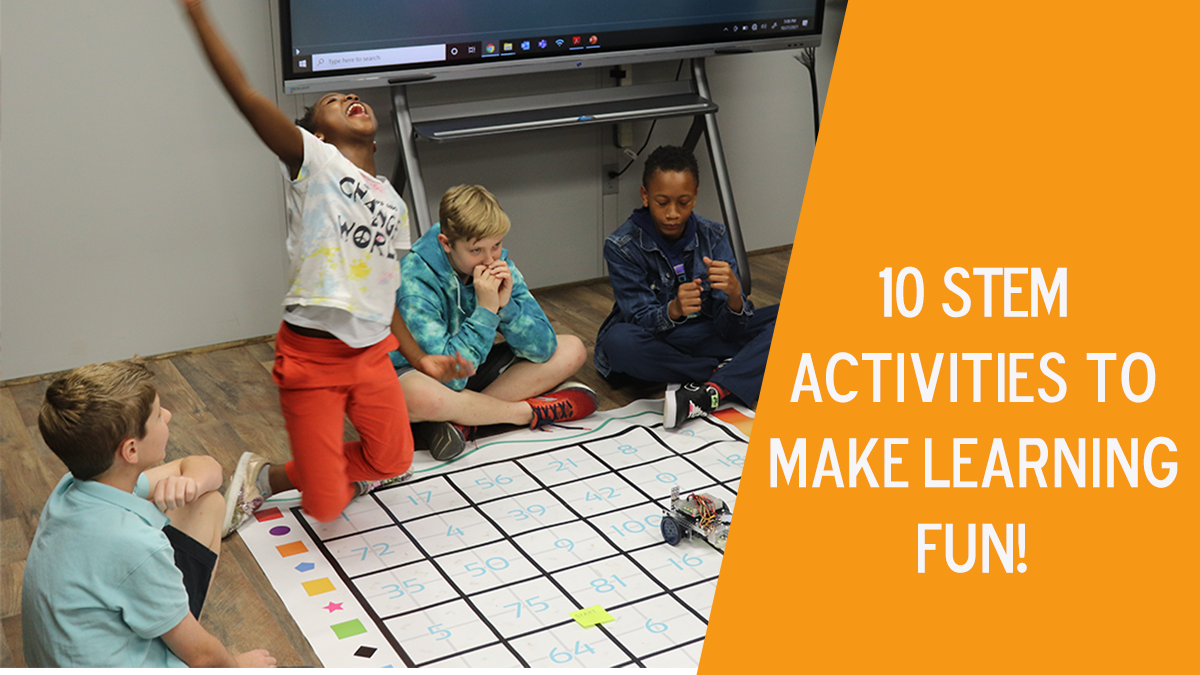
Teachers and students are discovering new and engaging ways to incorporate dynamic STEM experiences into their teaching and learning. Below are 10 activities that have boosted key skills such as critical thinking, collaboration, creativity, communication, and problem solving while showing students that STEM exploration is fun!
1. Wind Farm Fun
A real-world engineering challenge that guides students in creating their own wind farm blades. Using a fan, students can test the efficiency of each blade design as it lifts a weight. Students will determine the optimal blade to balance cost and efficiency, all while investigating surface area, renewable energy sources, and the iterative design process.
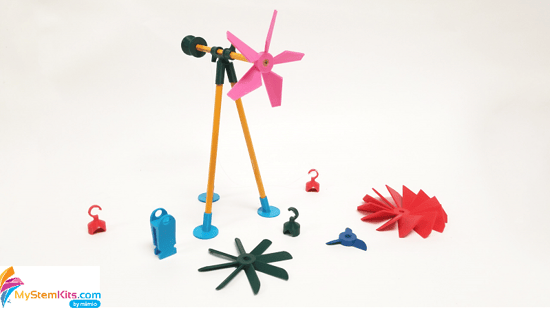
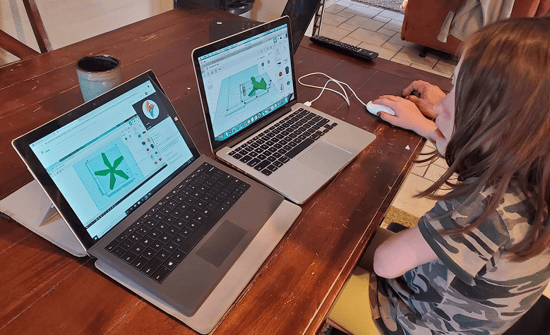
2. Water Filtration Challenge
Challenge students to determine the optimal filtration method while balancing cost-benefit constraints using a filtering agent and water bottle. Students can also try to improve the flowrate of water.
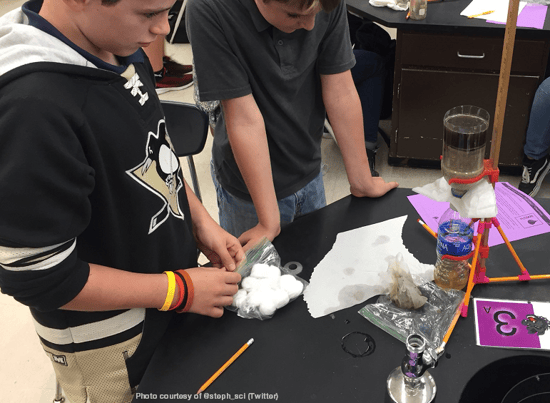
3. Shade Structures
Students must engineer a structure that will reduce the impact of sunlight on a temperature sensor, such as the Labdisc, by creating a shade shelter to house the sensor. The activity also encourages students practice their communication skills by explaining the decisions behind their designs.
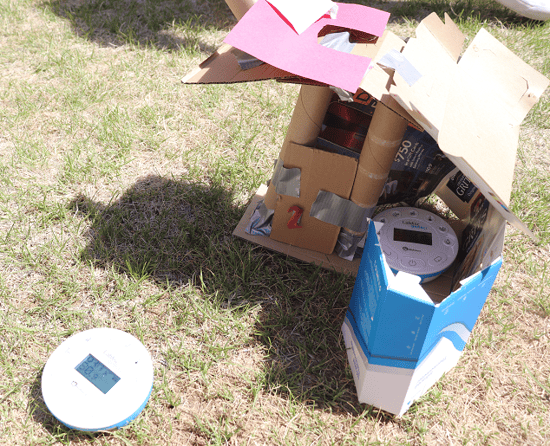
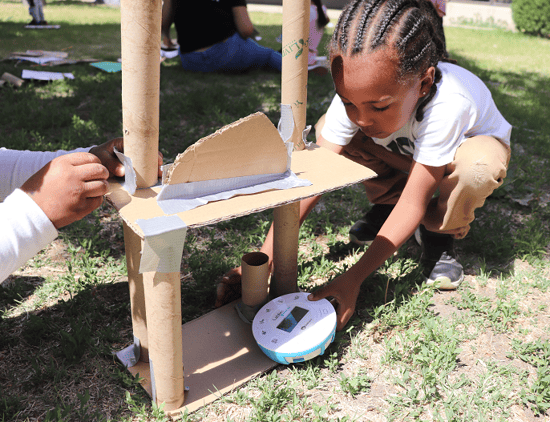
4. Measuring Lionfish
Stepping into the role of marine biologist, students will compare invasive lionfish populations in two habitats. Activities will include comparing the length of multiple lionfish specimens in one habitat and comparing the two habitats. Students will discuss which lionfish population is older and ways the data can be used to help protect existing ecosystems.
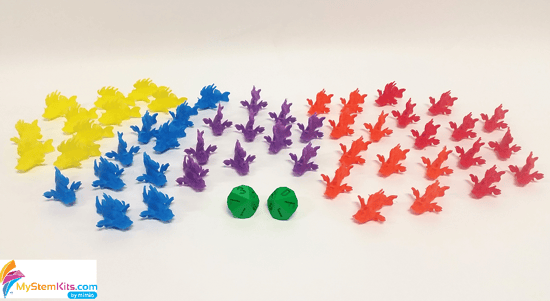
5. Catapults & Counting
Working in teams, students will launch projectiles into a grid marked out in zones 1-10. Then, building the foundation for graphing and data collection, students will place the projectile onto a graph template corresponding to the zone it landed in. Teams will count and compare the number of projectiles that landed in each zone.
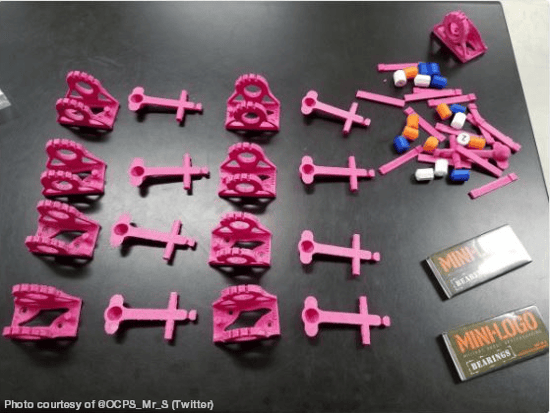
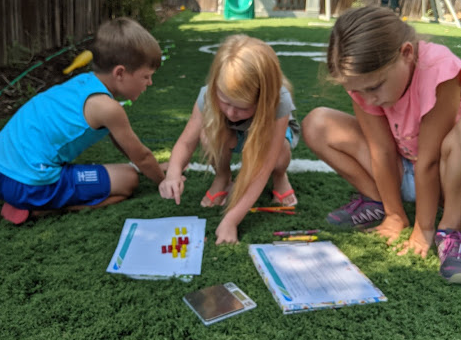
6. Beachfront Property
Building on the beach is no easy feat. Students tackle this real-world challenge by designing structures within constraints, then testing the designs against strong winds and storm surge flood waters.
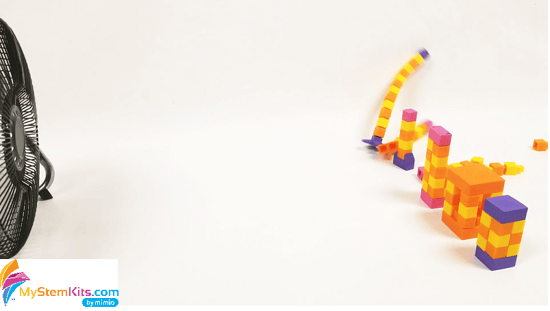
7. Sail Design
In this interdisciplinary activity, students will build an effective sailboat and design a sail that features compound/composite shapes. Students will sharpen their math skills by calculating the area of the sail, documenting the mass of each assembled sailboat, and recording the time it takes for the sailboat to complete a path. To further challenge students, they will work as a class to design an experiment which can accurately test each component in a reliable manner.
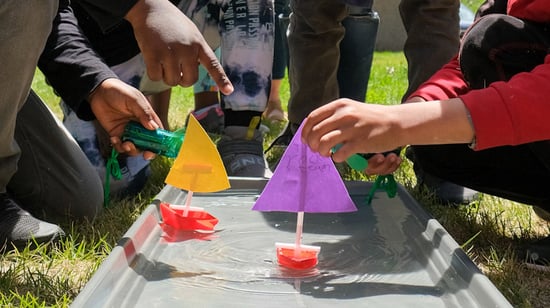
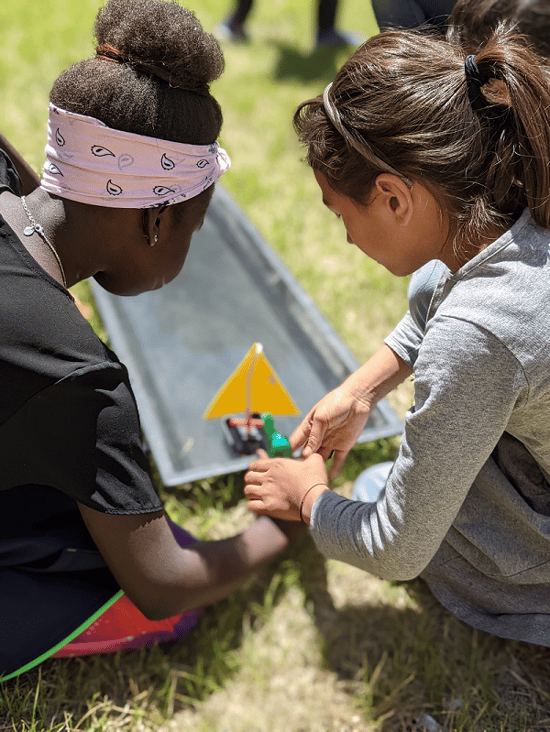
8. Layers of Detail – Landforms
In teams, students will create and compare topography maps with different levels of detail to see how the clarity of landforms is improved as the number and precision of samples are increased. Incorporate a robotics system, like the Mimio MyBot, for students to learn how to use sensors and read another team’s map. They will then analyze the data to determine the charted landform.
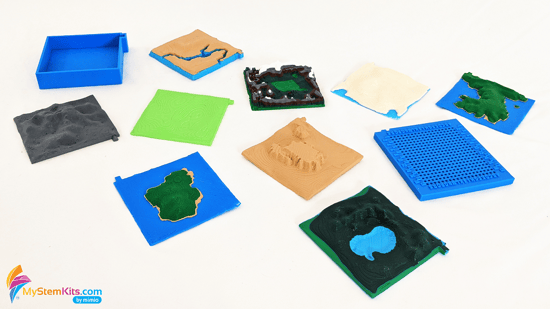
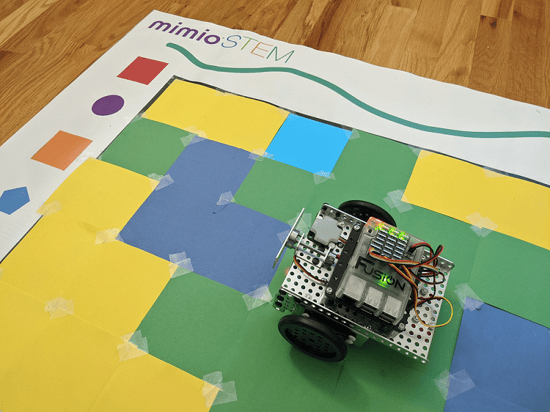
9. New York Balance
Explore the effectiveness of lever arms and help students understand complex interactions within simple machines. When the balance hooks have the same mass as the weights, integrate the concept of proportional reasoning.
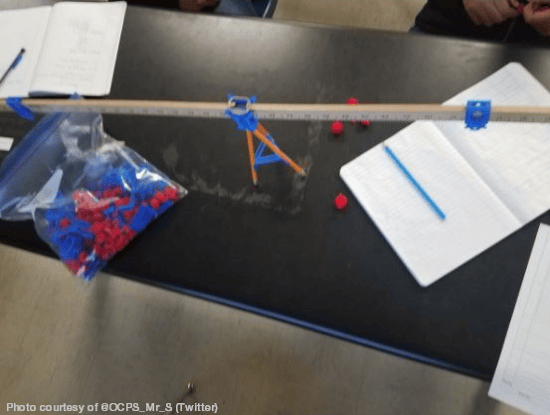
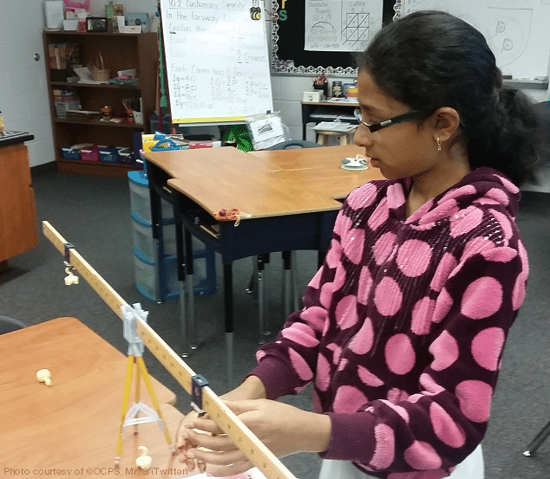
10. Dropsonde
Using a simple dropsonde, a tool commonly used in hurricane and weather research, students can explore parachute design that integrates geometry and physics principles.
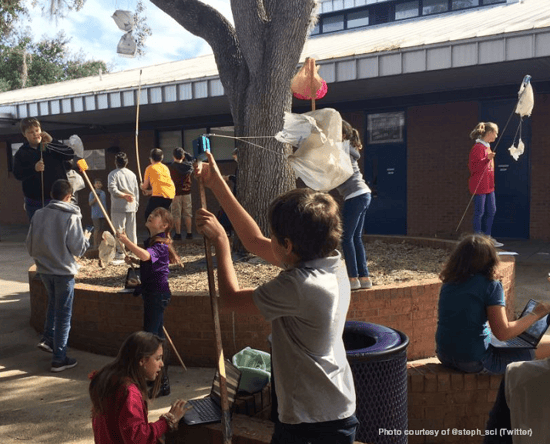
All these activities are available in one place – MyStemKits.com, an online STEM lesson library designed to help teachers implement more hands-on learning. MyStemKits lessons include those that incorporate 3D printing, the MyBot robotics system, and Labdisc portable STEM labs. For more on MyStemKits, including a free trial, click here.
To watch videos on some of the kits available for download in MyStemKits, visit the MimioSTEM YouTube channel here – MimioSTEM.


